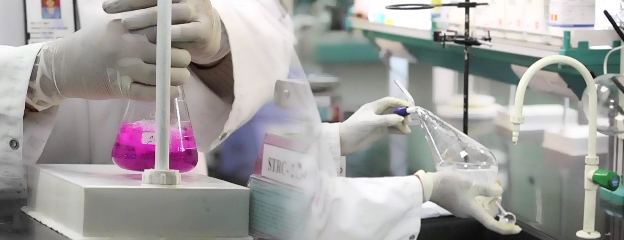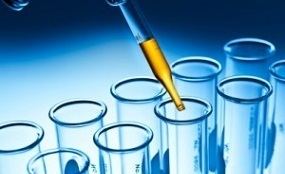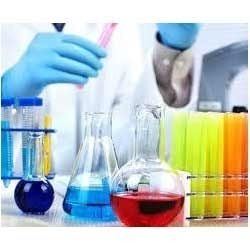 | ||
In chemistry, a chemical test is a qualitative or quantitative procedure designed to prove the existence of, or to quantify, a chemical compound or chemical group with the aid of a specific reagent.
Contents
- Purposes
- Biochemical tests
- Reducing sugars
- Proteins and polypeptides
- Organic tests
- Inorganic tests
- References

Purposes
Chemical testing might have a variety of purposes, such as:
Biochemical tests

Reducing sugars
Proteins and polypeptides

Organic tests

Inorganic tests
References
Chemical test Wikipedia(Text) CC BY-SA
